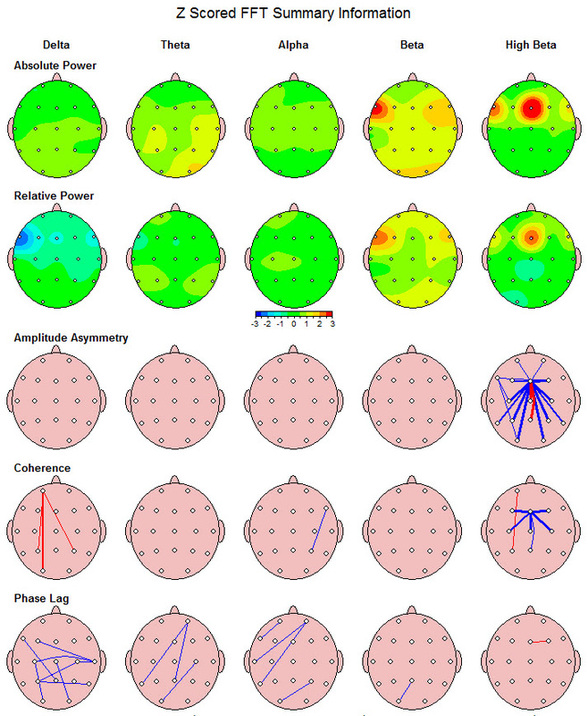qEEG functions by applying small sensors on the scalp to capture neural activity. These sensors measure neural signals produced by neurons, the units in the cerebrum that communicate with each other. The information collected is then processed and displayed as a set of patterns. Each type of neural wave—such as alpha, beta, delta, and θ—corresponds to different psychological conditions and activities. For instance, α oscillations are commonly associated with relaxation, while β waves are linked to engaged thinking and problem-solving. By examining these trends, healthcare providers can identify irregularities that may suggest psychological health issues.

One of the significant benefits of qEEG is its capability to offer unbiased data. Unlike traditional evaluations that depend on personal reports from patients, qEEG offers a distinct view of neural activity. This objectivity can help reduce biases in assessment and result to more precise intervention plans. For instance, if a patient is facing stress, qEEG can show particular patterns of neural function that are linked with stress disorders. This information allows mental health professionals to customize treatments more efficiently, whether it be through counseling, pharmaceuticals, or alternative approaches.
Additionally, qEEG can be especially beneficial in tracking intervention progress. By conducting qEEG assessments at different points during treatment, healthcare providers can monitor variations in brain activity over time. This top article ongoing assessment helps ascertain if a intervention is working or if adjustments are required. For example, if a client is not reacting to a specific treatment, qEEG may indicate that their brain function has not altered in a manner that suggests progress. This response cycle can result to more customized and efficient psychological health treatment.
In summary, qEEG cerebral mapping is a potent instrument in the domain of mental health assessment. By offering unbiased data about brain activity, it enhances the understanding of various mental health conditions. This technique not only aids in accurate diagnosis but also helps in monitoring treatment effectiveness. As psychological health experts persist to investigate the capabilities of qEEG, it possesses potential for enhancing the well-being of people dealing with mental health challenges. With ongoing research and advancements in techniques, the mysteries of the mind may turn clearer, leading to better outcomes for those in need of support.